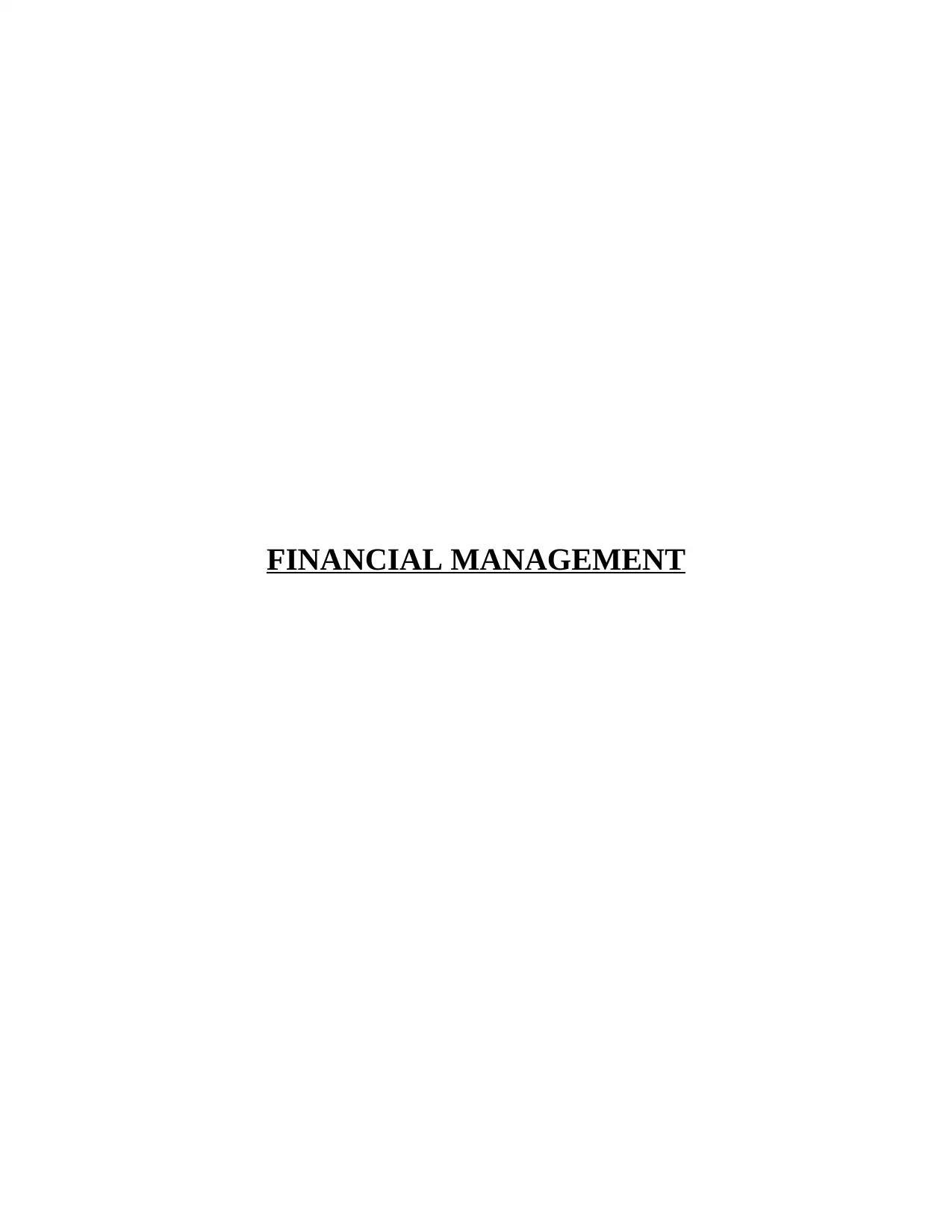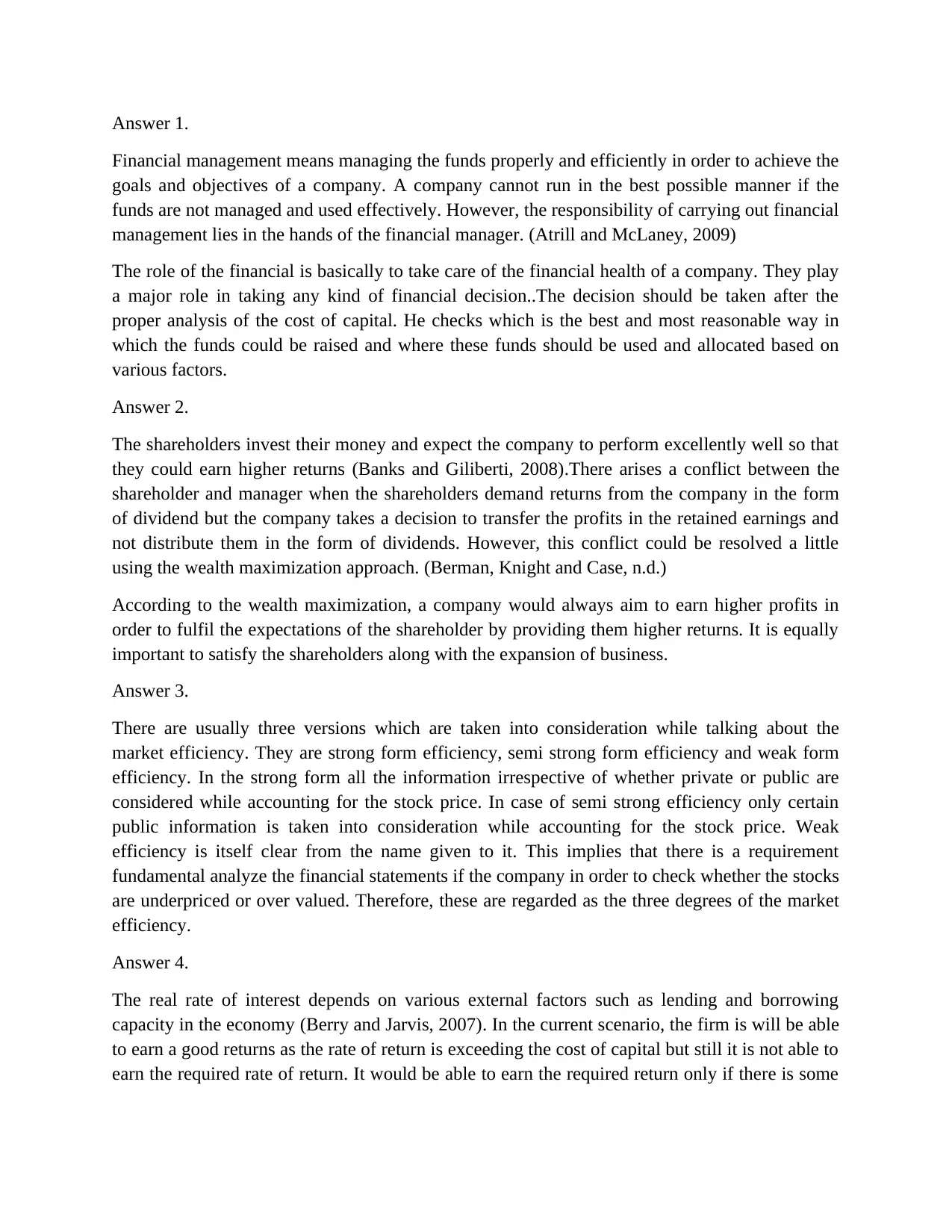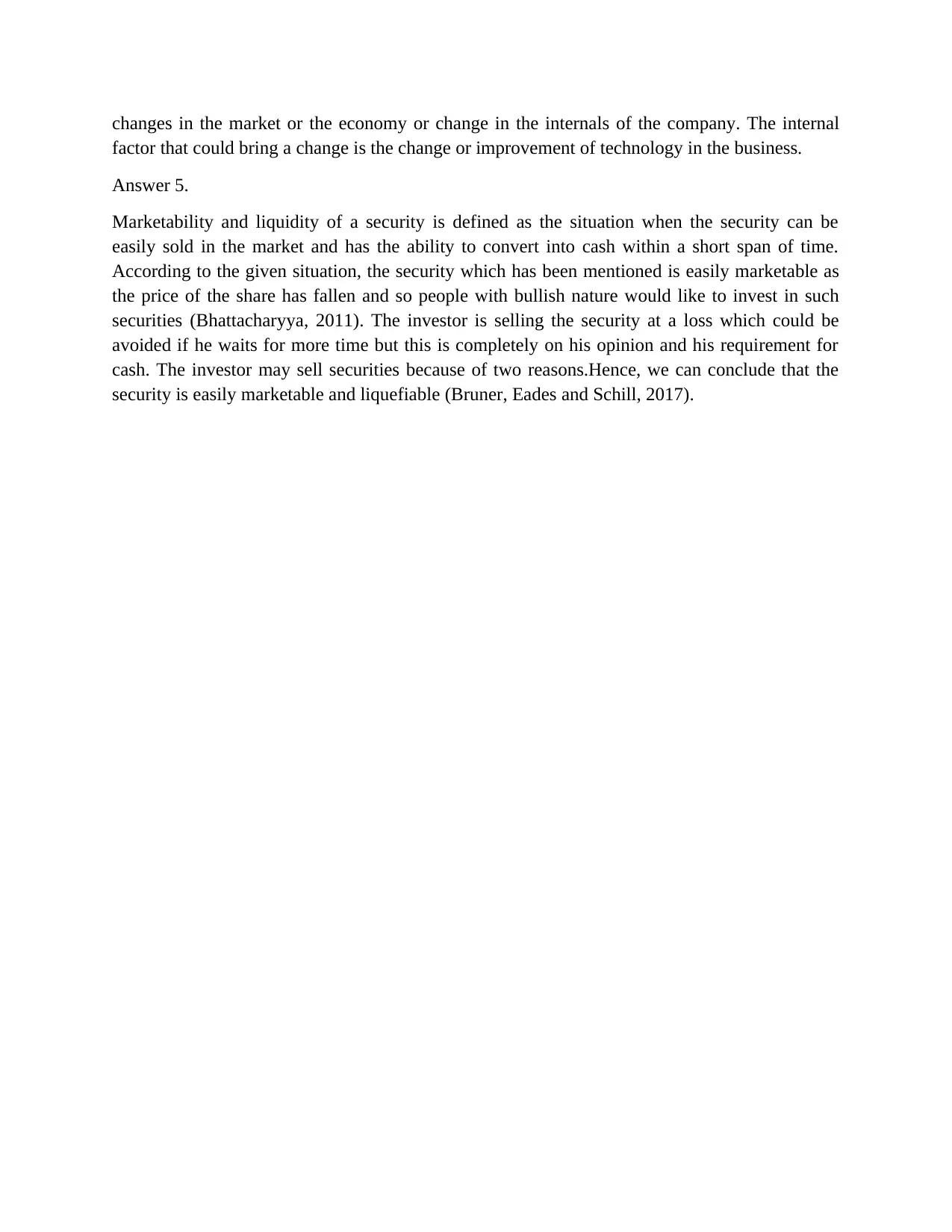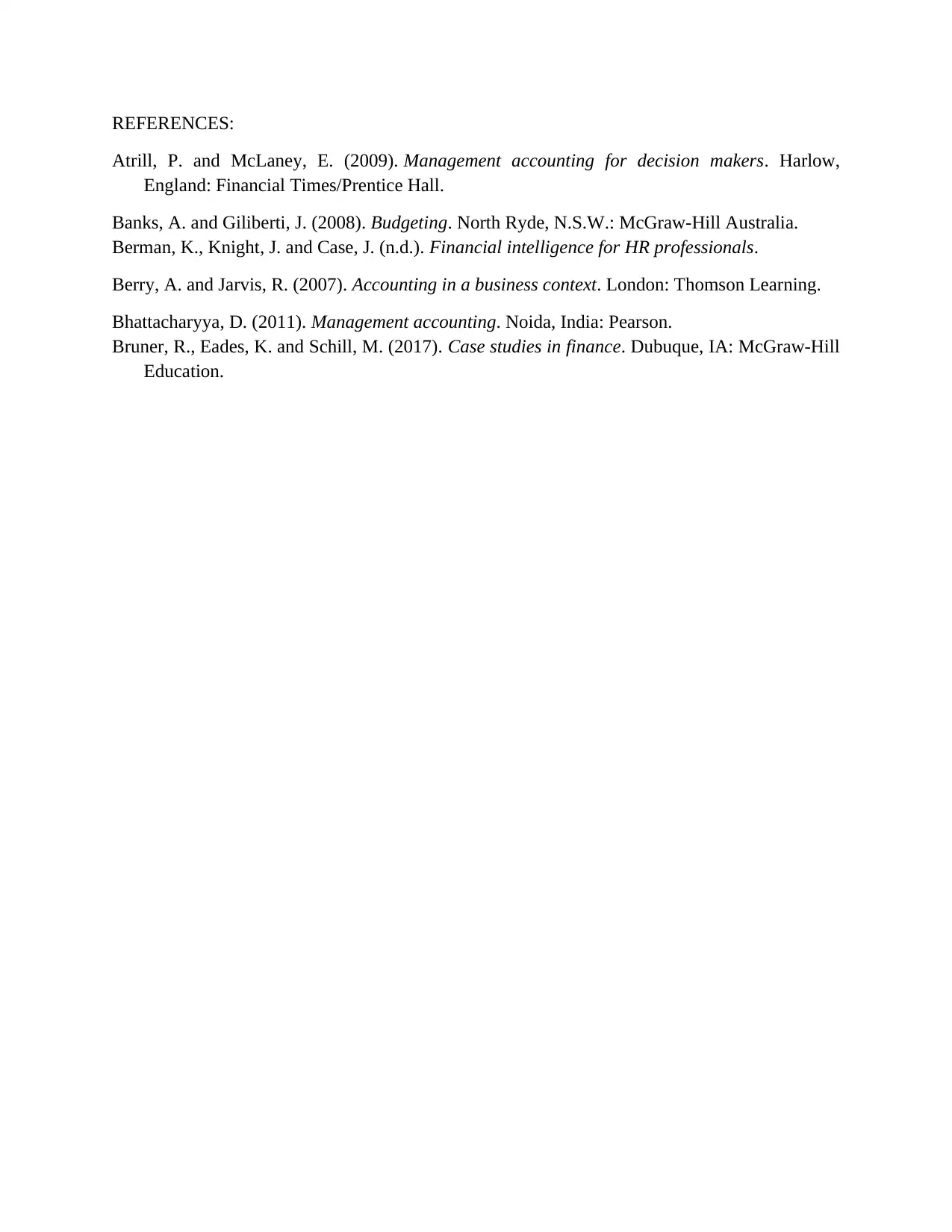Financial Management Assignment Solution: Core Principles & Analysis
VerifiedAdded on 2020/05/11
|4
|824
|58
Homework Assignment
AI Summary
This document presents a comprehensive solution to a financial management assignment, addressing key concepts within the field. The assignment explores the role of a financial manager in effectively managing funds to achieve company goals, emphasizing the importance of financial decision-making and capital allocation. It delves into the conflict between shareholders and managers regarding dividend distribution versus retained earnings, proposing the wealth maximization approach as a resolution. Furthermore, the solution examines market efficiency across strong, semi-strong, and weak forms, analyzing how information impacts stock prices. It also discusses the real rate of interest and its influence on investment returns, including the factors affecting a firm's ability to achieve its required rate of return, such as technology improvements. Finally, the assignment analyzes marketability and liquidity of securities, explaining how these factors influence investor decisions and the ease with which securities can be converted to cash. The solution incorporates relevant references to support the analysis.
1 out of 4











![[object Object]](/_next/static/media/star-bottom.7253800d.svg)